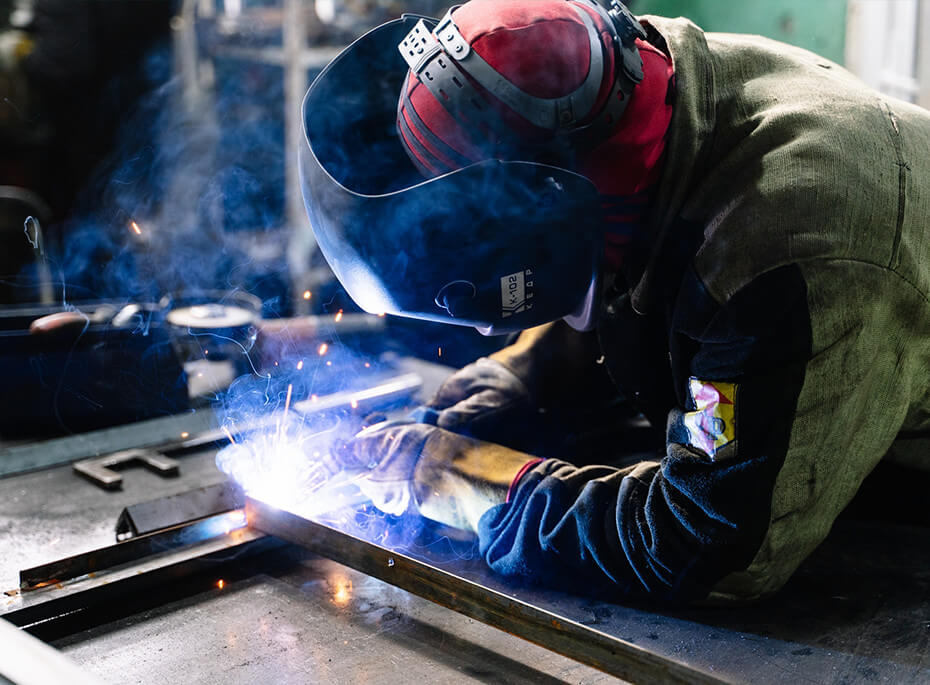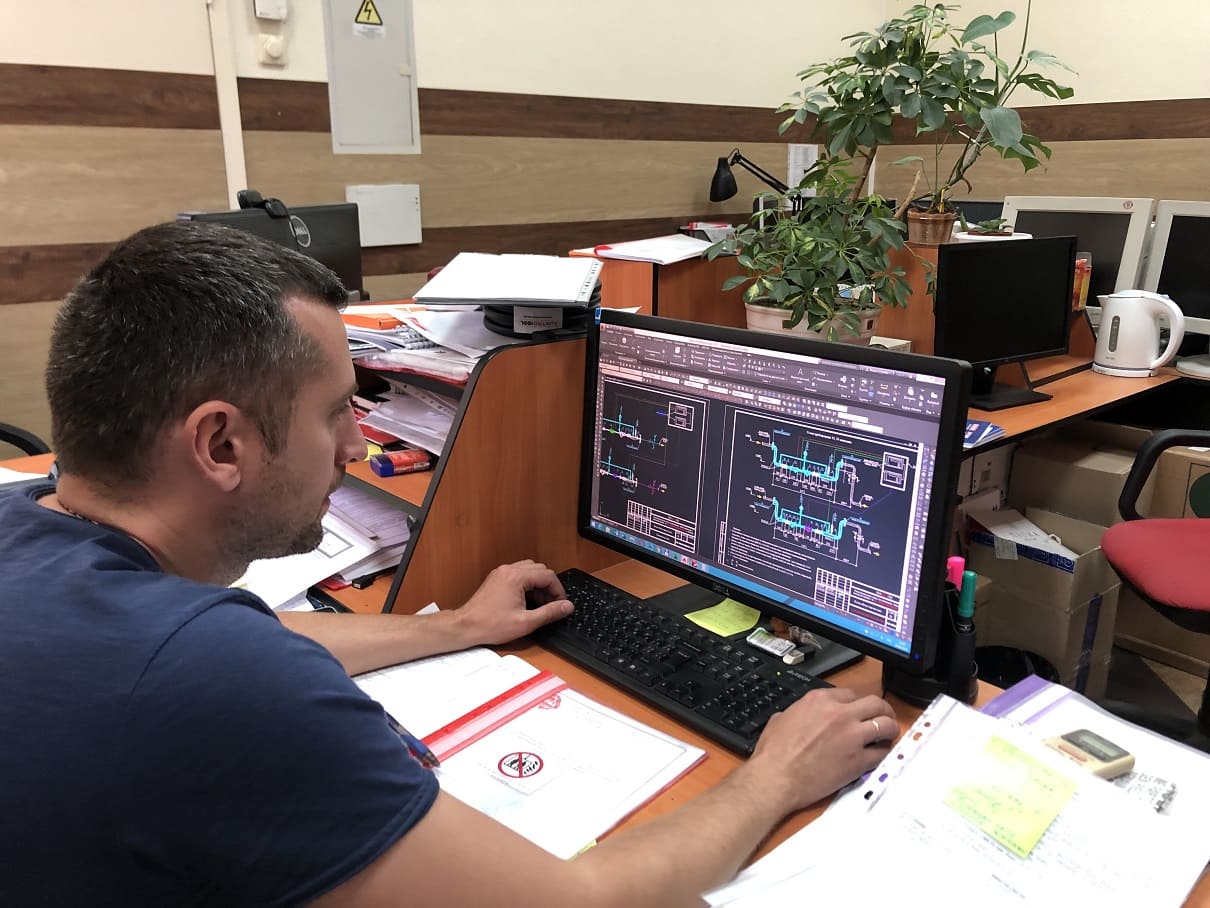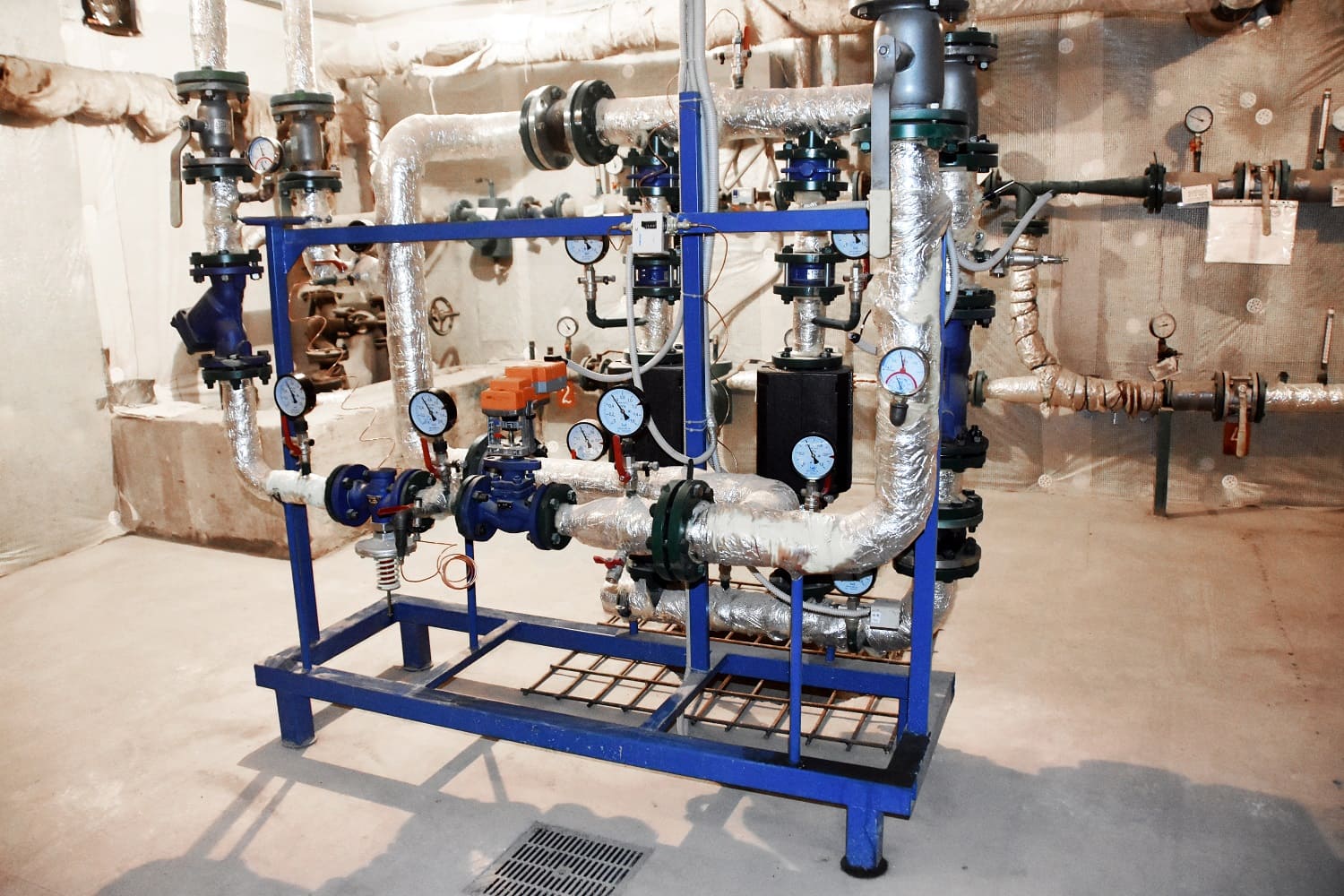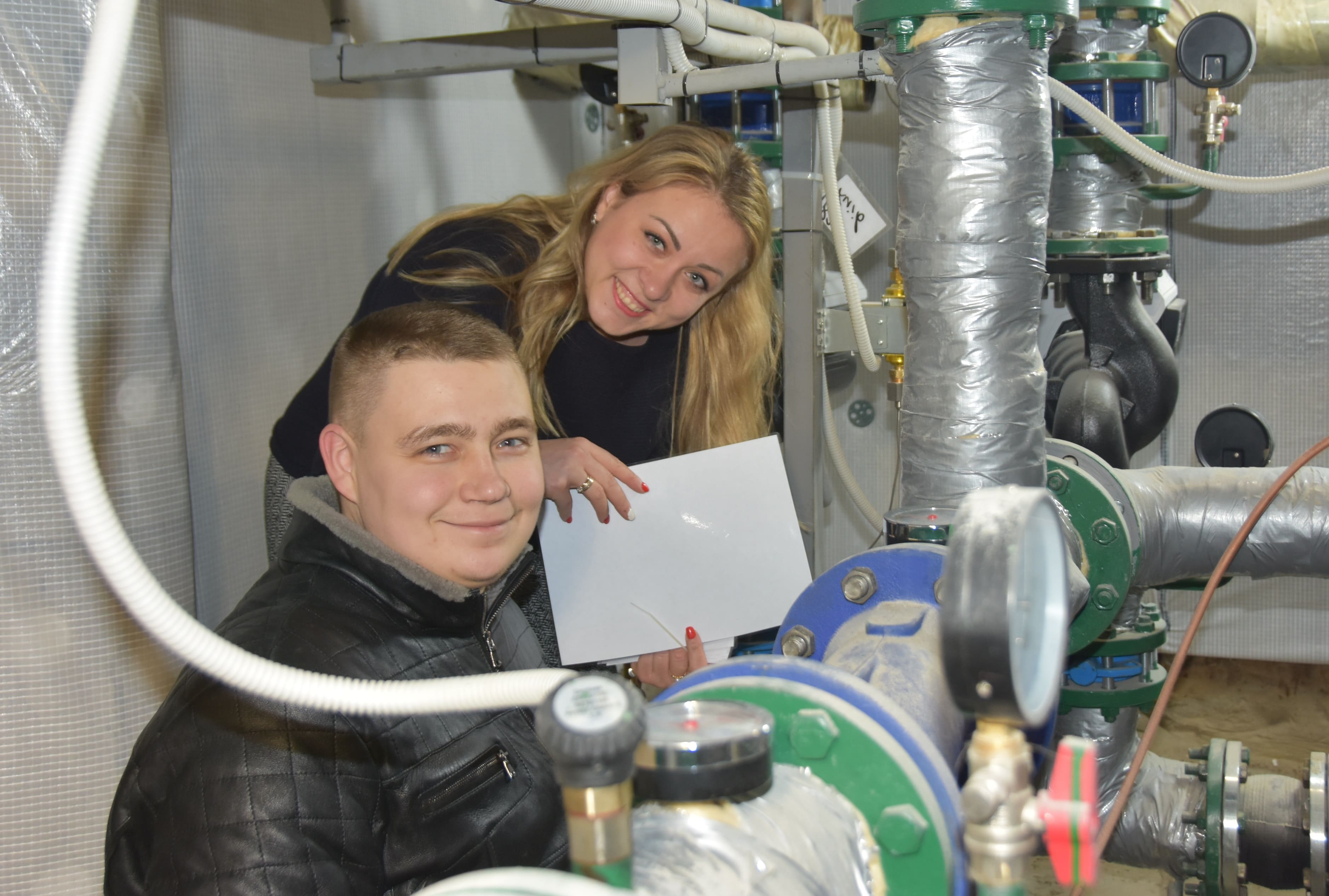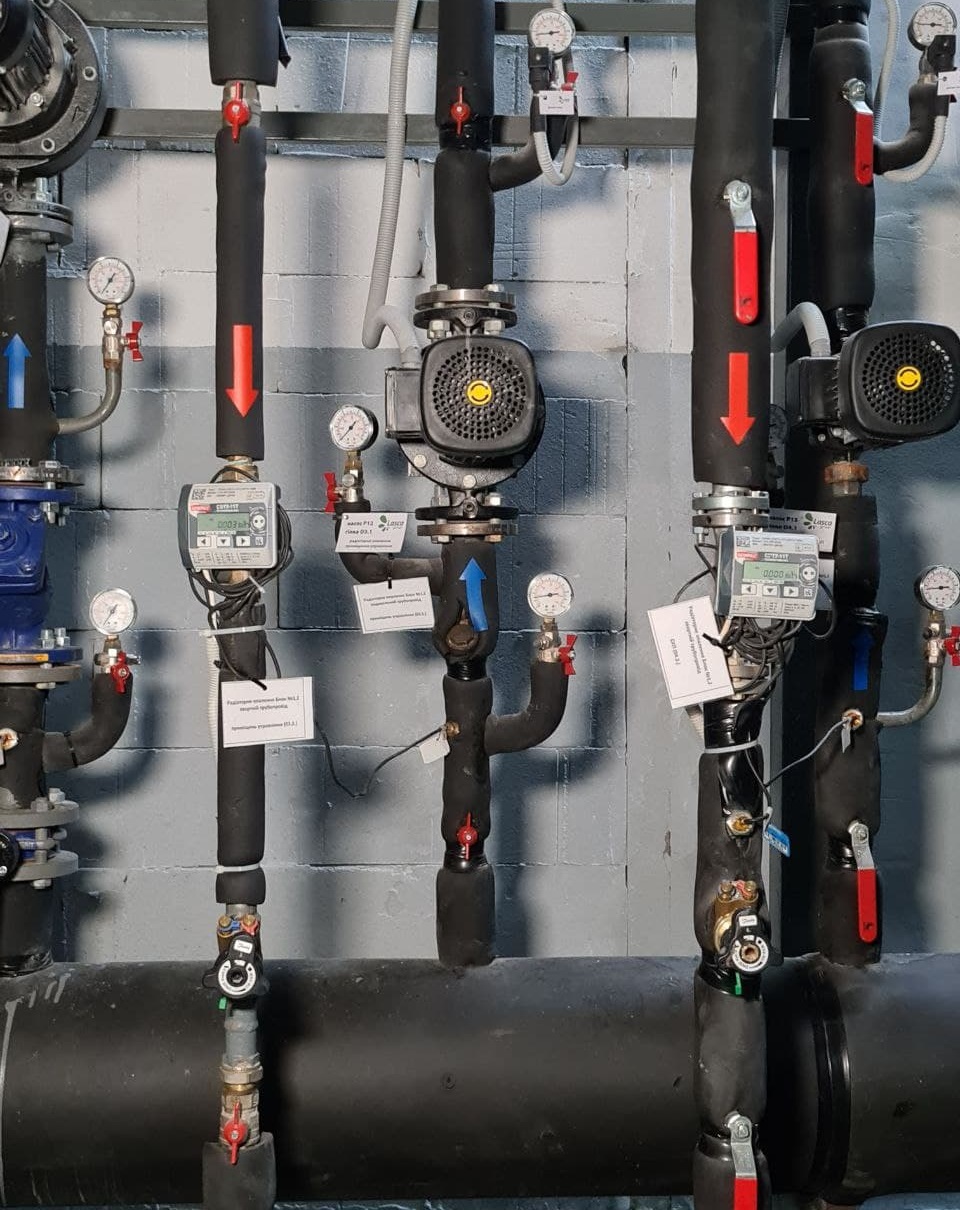Welding operations
Today, welding is the most common way to combine metal elements and structures. Its popularity is due to the high strength of finished products – that is, they are able to withstand serious dynamic and static impacts, and also provide a long service life of the product. Welding is based on thermomechanical action. Masters create a stable, reliable connection between metals due to the formation of interatomic bonds, which is carried out due to plastic deformation, heating or mutual influence of parts. The metal melts at the heating point and merges with the total mass, forming a welding bath of liquid metal. After some time, this area hardens – and thus a welding seam is formed, which can consist exclusively of metal or contain additives.
Classification of welding methods
According to the type of energy used during the welding process, welding methods are divided into thermal, thermomechanical and mechanical. Consider the first group.
Thermal class of welding operations:
It is performed by melting the combined elements using thermal energy.
Main subcategories:
Classification of welding methods
According to the type of energy used during the welding process, welding methods are divided into thermal, thermomechanical and mechanical. Consider the first group.
Thermal class of welding operations:
It is performed by melting the combined elements using thermal energy.
Main subcategories:
- Gas welding is the simplest type in which the edges and filler material are melted due to the high combustion temperature of a mixture of combustible gas and oxygen. Scope of application – Repair and welding of defective cast iron, steel and non–ferrous casting, as well as welding of products with a thickness of 0.5-3 mm.
- Electron beam welding. The essence of this process is to use the kinetic energy of electrons, which move very quickly in a vacuum. It is extremely necessary in order to combine special grades of steel, heavy-burning and chemically active substances, such as zirconium, molybdenum, tantalum, etc.
- Plasma welding-performed using a plasma arc jet, the temperature of which reaches 30000oc. the versatility of the process in combination with melting to a greater depth determines the popularity of this type of welding. It is used for such heavy metals as tungsten, molybdenum, nickel feet, etc.
- Laser welding is one of the most effective ways to connect metal parts due to the stability of seam formation, high productivity, and the ability to weld large-sized structures. It is primarily used in the production of devices and other precision mechanisms, cast iron parts, plastic products, as well as complex objects made of high-speed metals.
- Termite welding is a technology of heating metal using a termite mixture, consisting of forming the combined parts with a refractory material, heating them, melting the termite and pouring it into the welding site. It is used for welding railway tracks, production of screws for marine transport, crankshafts for passenger cars, as well as during the repair of roller machines, Rotary shafts and buckets.
- Electric arc welding. The heat source in this technology is an electric arc burning between the electrode and the workpiece. In the mechanical engineering and construction industries, this type of welding is one of the main ones.
SE "Sempal" is able to produce products of any complexity-according to the customer's drawings or on the basis of drawings made by our experts on an individual basis.
To order a service or get advice on an issue that interests you, please contact us by phone:
+38 044 337 11 88, +38 044 338 11 88,
+38 098 163 88 88, +38 050 142 88 88.
To order a service or get advice on an issue that interests you, please contact us by phone:
+38 044 337 11 88, +38 044 338 11 88,
+38 098 163 88 88, +38 050 142 88 88.
